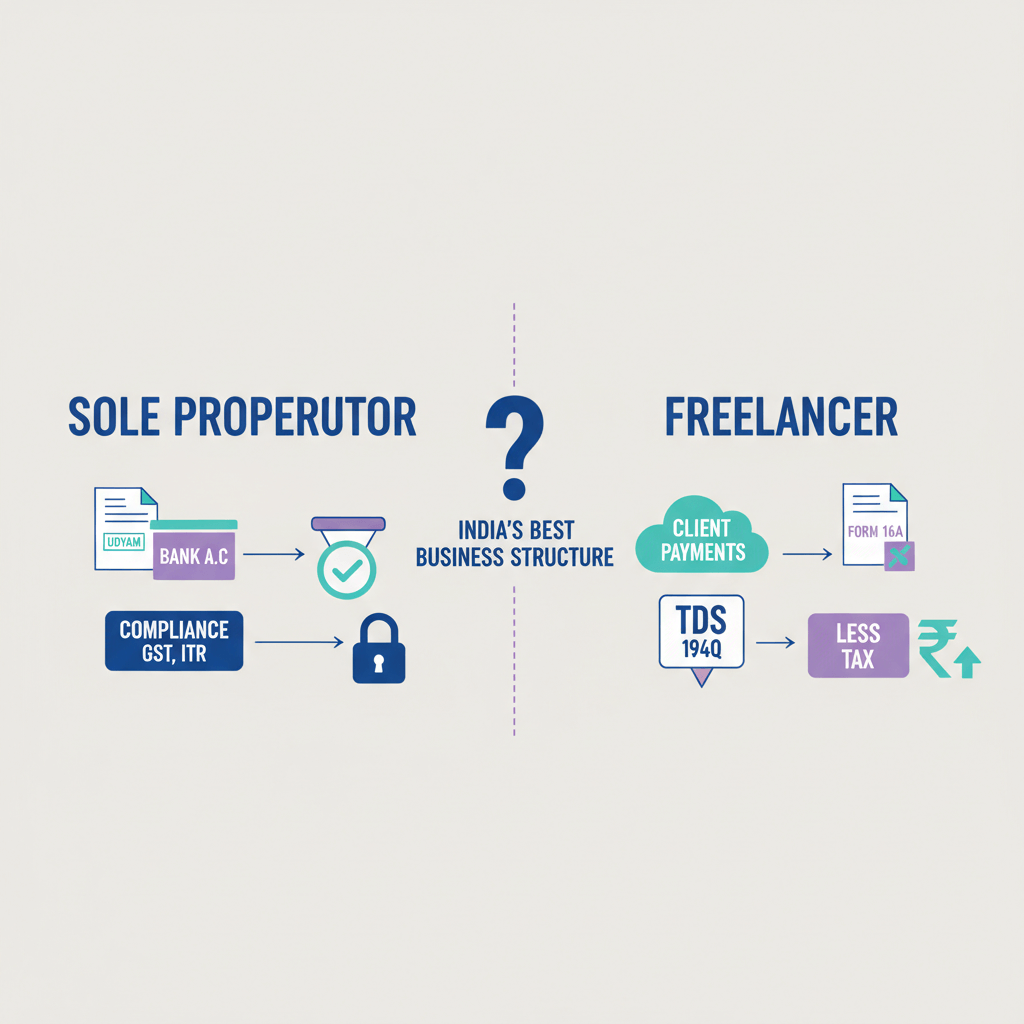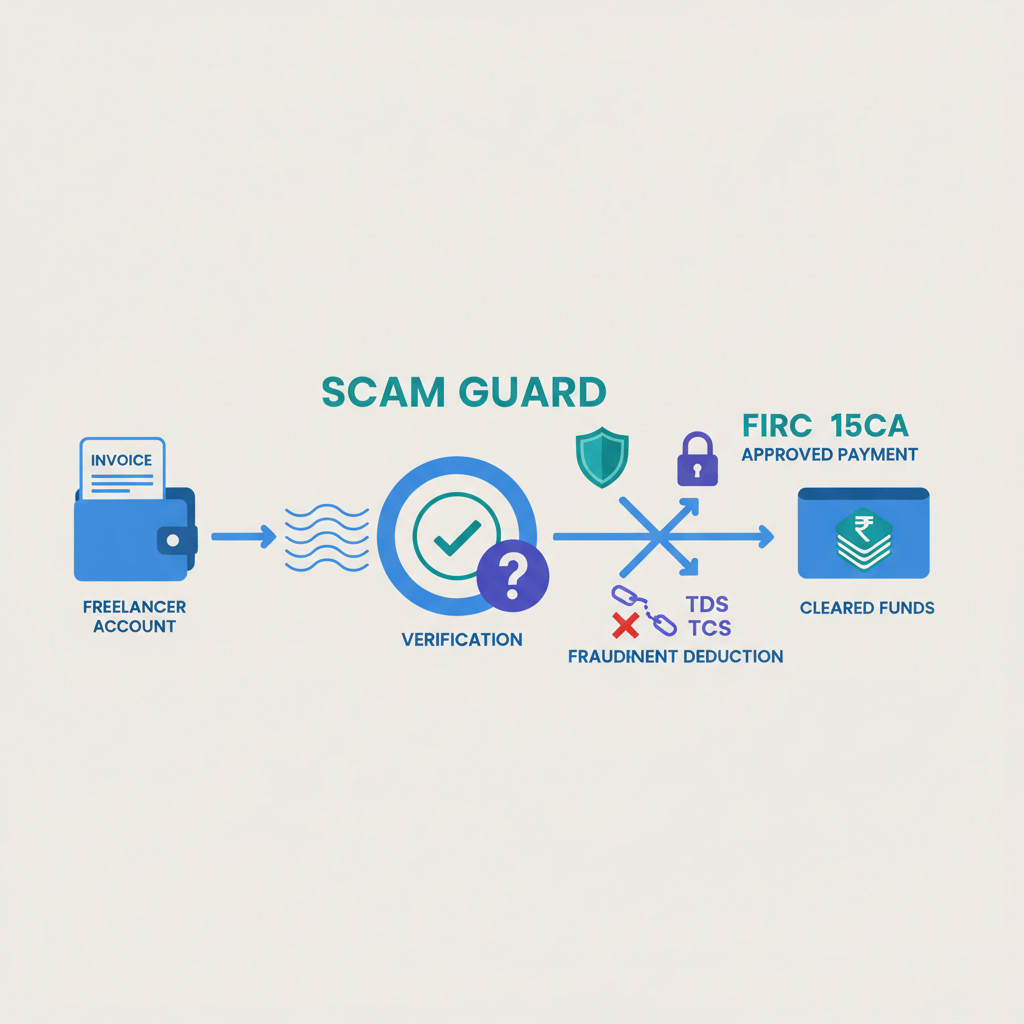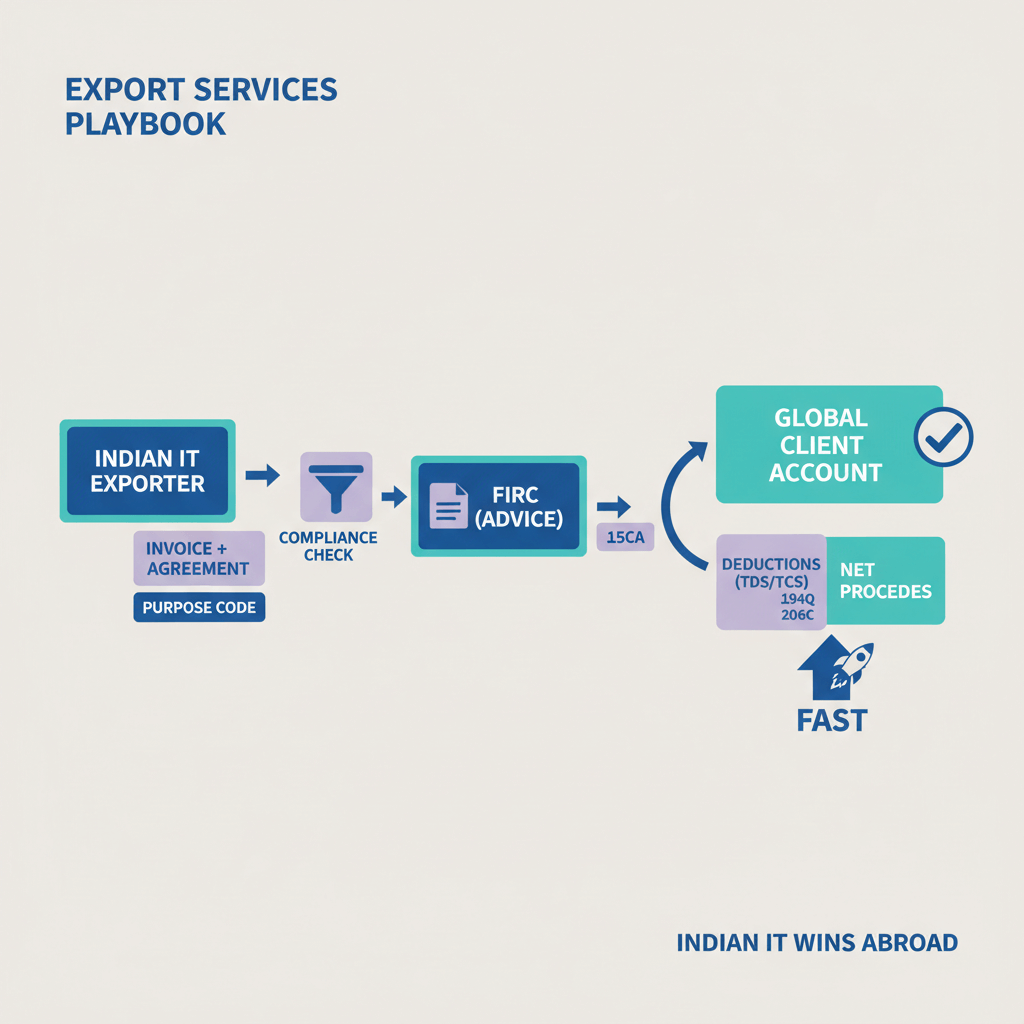MT400 is important for exporters and companies that deal with overseas buyers, as it ensures transparency in the transaction. Unlike a standard SWIFT payment instruction (like MT103), MT400 does not initiate a payment but is proof that the funds have been received by the collecting bank.
For example, if an Indian exporter ships goods to a foreign buyer under a documentary collection arrangement, their bank (remitting bank) will send collection instructions to the buyer’s bank (collecting bank). Once the buyer makes the payment, the collecting bank will send an MT400 message to the remitting bank to confirm that the funds have been received. This way the exporter can track their payment status and take action accordingly.
Understanding SWIFT MT400 helps companies avoid disputes and ensure accurate reconciliation in international trade. This article will explain its message structure, purpose and importance for Indian companies.
What is SWIFT MT400?
Definition and Purpose
SWIFT MT400 (Advice of Payment) is a financial message used within the SWIFT network to confirm that a payment has been received under a documentary collection. The collecting bank sends this to the remmitting bank to advise that the buyer has paid. Unlike messages that initiate a fund transfer, MT400 is purely informational—it confirms receipt of funds but does not move money between accounts.
How MT400 Fits Within the SWIFT Message System
The SWIFT MT400 message is used in trade finance and is different from other SWIFT messages in the following ways:
- MT103 (Customer Transfer): Used for direct wire transfers between banks for customer payments. Unlike MT400, it initiates a payment.
- MT202 (Financial Institution Transfer): Used for interbank fund transfers without customer details. It facilitates correspondent banking but does not serve as payment confirmation like MT400.
- MT499 (Free Format Message): A general-purpose message that could be used for various financial communications but lacks the structured format of MT400.
While MT103 and MT202 are used for sending payments, MT400 is used to acknowledge receipt of funds specifically in documentary collection transactions, a trade finance process where banks facilitate payment collection on behalf of exporters.
Who Uses SWIFT MT400?
The MT400 message is used by:
- Collecting Banks: The bank representing the buyer, who collects and advises payments under a documentary collection.
- Remitting Banks: The bank acting for the seller/exporter, who receives the MT400 to advise that payment has been received.
- Exporters & Importers: Businesses involved in international trade who use documentary collections as a payment method.
- Trade Finance Departments: Bank departments handling international collections, ensuring compliance and financial transparency.
By understanding SWIFT MT400, Indian businesses involved in export of goods and services can reconcile payments properly, track incoming funds, and maintain financial accuracy in cross-border transactions.
MT400 Message Types and Structure
An MT400 message follows a standard format to ensure uniformity in communication between banks. It has specific fields that provide details of the received payment so that the remitting bank can verify the transaction.
At its core, the MT400 message has the transaction reference number which is the unique identifier for the payment confirmation. This is followed by the amount received, date of payment, and payer’s information to make cross-border trade settlements clear. The message also specifies any deductions or charges applied before crediting the funds which is essential for reconciliation of financial records.
One of the most important parts of the MT400 format is the remittance information which provides context about the purpose of the payment. This field is very useful for exporters and trade finance professionals who need to match the received funds with their outstanding invoices.
For example, if an Indian exporter ships goods under documentary collection terms, his bank (remitting bank) will expect an MT400 from the collecting bank once the buyer makes the payment. The message will confirm the exact amount credited so that the exporter can reconcile the transaction without any ambiguity.
A standard MT400 message would look like this, here is an example of an MT400 message format.
Conclusion
As an Advice of Payment, the SWIFT MT400 message confirms that funds have been received under a, so exporters can track their payments with confidence. Unlike direct payment messages like MT103, MT400 is a notification, not a transfer instruction, so it’s essential for businesses that rely on banks to facilitate collection-based transactions.
By understanding the MT400 format and functionality businesses can manage their cash flow better and comply with global trade finance practices. In an era where financial transparency is key to growth, knowing SWIFT messaging standards like MT400 helps businesses deal with any unforeseen circumstances.
FAQs
What’s the difference between MT400 and MT103?
MT400 is an Advice of Payment used in documentary collections to confirm a payment has been received by the collecting bank. It doesn’t initiate a transfer but is proof that funds have been credited. MT103 is a Customer Credit Transfer message that facilitates international wire transfers between banks. MT103 is for sending money and MT400 is a receipt confirmation.
Can an MT400 be used as proof of payment?
Yes, an MT400 is an official confirmation of a payment made under a documentary collection arrangement. But it doesn’t mean the funds have been credited to the exporter’s account – it only confirms the collecting bank has received the funds. Businesses should check with their bank before releasing goods or services.
How long does it take to get an MT400?
The time to receive an MT400 depends on the collecting bank’s processing speed. It’s usually sent the same day or within 1-2 business days after the buyer pays. Delays can occur due to banking hours, holidays or compliance checks.
What if I don’t get an MT400 for my transaction?
If an expected MT400 is not received, first check with the remitting bank to see if the collecting bank has processed the payment. If the delay persists, the exporter should request a status update through SWIFT messages like MT499 (Free Format Message) or contact the collecting bank to resolve the issue with the transaction.











